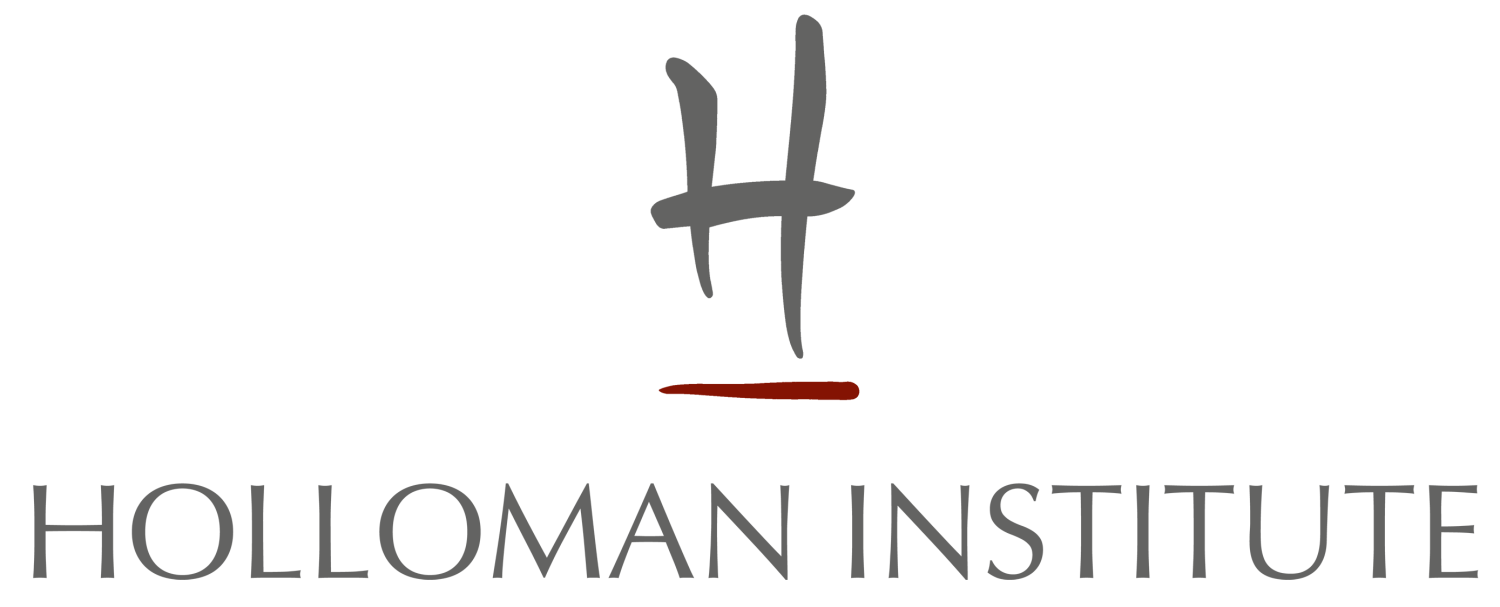I just finished teaching the final section of an Esalen Massage Certification Training in Dortmund, Germany, and had another opportunity to witness the profound effects of this work on our trainees. Because they had had a year to develop competence in this approach, many different aspects of the healing power of this work were observable. Some of those are: Increased fluid exchange in localized areas of the body and throughout the body in general (people would report local or generalized sensations of pulsation, lasting sometimes hrs. after treatment); A profound sense of relaxation that participants only achieved rarely during the deepest hrs. of sleep (more about this phenomenon below); A clear sense of the interconnectedness of the body’s different segments, and of the periphery to the thorax and spine; The return of flexibility to stiffened joints, and the local areas surrounding them; Lastly, as I discussed in previous articles, the emergence of buried trauma-related experiences which were contributing factors to different pain-related symptom-pictures exhibited by some of our students.
For the purposes of this article, I want to focus on one of the above subjects only: The remarkable power of this work to effect deep relaxation in almost everyone, and people suffering from stress related illnesses in particular.
During an Esalen Massage, people often report a profound sense of relaxation that is unlike relaxing experiences with which they are familiar. I frequently hear the following types of descriptions from my clients and students:
“It was like being asleep, yet I was completely aware of everything you were doing.”
“Time seemed to stop. I thought you had been working on me for a few minutes, and 1 ½ hrs had already gone by.”
“I was dreaming, yet completely awake at the same time.”
I have noticed that in these states the presenting symptoms of a client become more available to the potentially healing effects of this work. For example: A painful area where a client exhibits a heightened sense of “hyper-vigilance” toward touch is unusually available for contact; A client who normally would experience great sensitivity toward deeper touch is remarkably open to it; Clients who have asked me to stay away from a defined problem area “for fear of making it worse” actually ask me to put my hands on those areas. These are some of the typical differences I experience in clients who have entered deeper states of relaxation. Two of the primary physical indicators of the arising of this state are: Sudden physical “jerkings” of the body of the client; Increased gurgling of the digestive organs, indicating increased peristaltic activity of the intestines.
So the question that interests us as bodyworkers is: Are these indicators pointing toward something that can be viewed as a valuable “meta-process” within the experience of the client, and the “client-practitioner field”? The answer to this question in my view is an emphatic yes: We are witnessing the manifestations of one of the most important meta-processes arising as a result of competent bodywork, and that process is often called “unwinding”. This term is used rather loosely not only in bodywork circles, but often in general vocabulary to denote either the process of return-to-normal-functioning of a body part or system from aberrant functioning, or the generalized releasing of stress and/or tension from the system as a whole. Here I mean all of that, plus something much more specific: The return of “autonomic flexibility” within the nervous system of a living system, no matter how primitive. As an end to part I of this article, I want to define autonomic flexibility as that essential process of being able to switch back and forth between sympathetic, and parasympathetic processes within the autonomic nervous system, appropriate to what is really happening moment to moment within the field of the individual. The loss of this capacity within stressed individuals and trauma victims is something that I see more and more in my practice, and can be described, I believe, as one of the great maladies of modern society. All of the great stress related illnesses, and problems such as sleeplessness exhibit a loss of autonomic flexibility as a meta-process behind the presenting symptoms. Esalen Massage and Deep Bodywork are two of our greatest tools in reaching living organisms at a level where these problems can be addressed.
In Part II I will discuss important clinical considerations for identifying and supporting processes of unwinding as they occur in our clients.


Rebbecca
Like the modern layout. I really enjoyed this content. Bless you for a quality blog post.
Perry Holloman
Hello Rebecca,
happy to hear you found the post useful. I think it’s a really important subject.
Perry